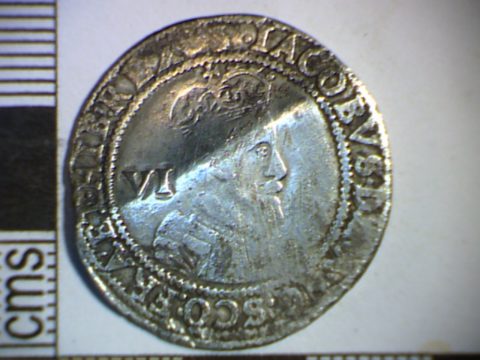In the latest Age of Invention newsletter, Anton Howes began to research what appeared to be a minor economic issue that very quickly took over his time going deep down the gold and silver market rabbit hole:

A hammered silver sixpence of James I dated 1603 from the first coinage with a thistle mintmark. Obverse features a right facing crowned bust with the numerals VI behind and the inscription JACOBVS*DG*ANG*SCO*FRA*ET*HIB*REX. The reverse has a shield with the royal arms and the date 1603 above. The reverse inscription is EXERGAT* DEVS*DISSIPENTVR*INIMICI.
FindID 510696 – https://finds.org.uk via Wikimedia Commons
When England’s Parliament met in 1621, it was mainly supposed to vote King James I the funds to fight a war. His daughter’s domain, the Palatinate of the Rhine, had just been invaded, and the European Protestant cause was under grave threat. As I set out two weeks ago, however, the House of Commons had seized the chance to pursue a scandal. Jealous of the Crown’s challenge to their status as local power-brokers, and hoping to embarrass the king’s favourite, the Marquess of Buckingham, MPs opened an investigation into Sir Giles Mompesson’s patent to license inns.
When it came to inns, I argued that the case against Mompesson was flimsy (making me perhaps the only person to have defended him for over four hundred years). He appears to have been a trusted and able bureaucrat, the source of his downfall being his sheer effectiveness. But the flimsiness of the case against him was not enough to stop the political witch-hunt. Next on the list was a project he had administered for making gold and silver thread.
It sounds obscure, and I was fully expecting to write up a short overview of a niche industry that just happened to be thrust into the limelight of 1620s politics. That was a month ago, when I first started drafting this piece. But pulling on the golden thread revealed a desperate, decade-long battle between the City and the Crown, over who would get to control the financial stability of the realm. I’m sorry for the delay in publishing it, but I hope I’ve made it worth the wait.



